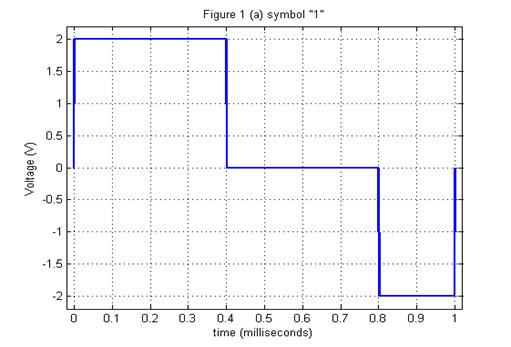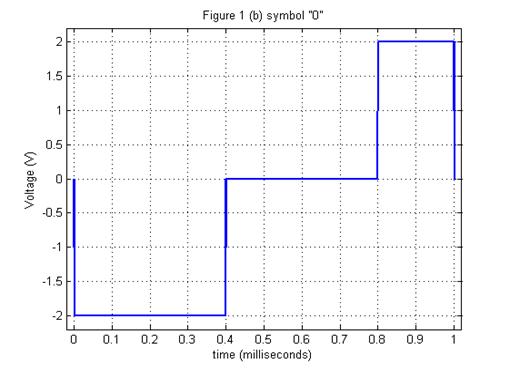Use Of Matched Filters In Digital Communication And In Radar Systems

The use of matched filters in digital communication and in RADAR systems. We will be using matched filters to detect binary symbols in the presence of noise and then identifying the 7bit ASCII character that was transmitted over a noisy channel.
Based on below Fig , we will determine the energy E of a symbol waveform representing a binary '1'. What is the energy of symbol waveform representing binary ‘0’?


Derive a general expression for the frequency response Hopt(f) of the matched filter receiver, matched to a signal s1(t), in terms of the frequency response of the input S1(f). Hence, determine the frequency response of the matched filter Hopt(f) for the matched filter designed in part (b) for Fig . Compare this with the frequency spectrum S1(f) of waveform s1(t) representing the binary symbol ‘1”.
Assuming that the waveform s1(t) for symbol '1' appears at the input of the matched filter you have designed above , without any noise or distortion (ie: the channel is ideal). Sketch the output y1(t) of the matched filter
Express y1(t) in terms of s1(t) and hopt(t). Express the spectrum Y1(f) of the output y1(t) of the matched filter in terms of the input spectrum S1(f). What has the matched filter done to the magnitude spectrum of the input signal s1(t) in producing the output y1(t)?
MATLAB Assignment Help | MATLAB Programming Help | Programming Assignment Help | Online Tutoring


